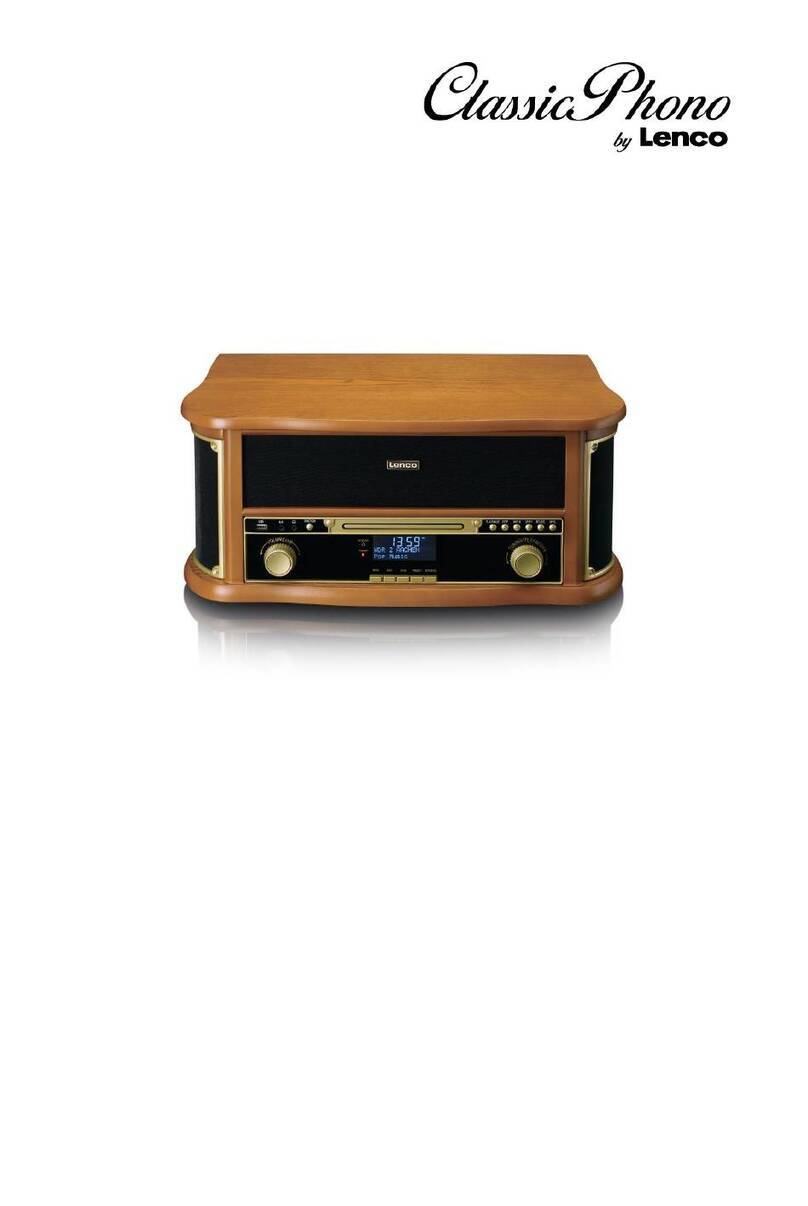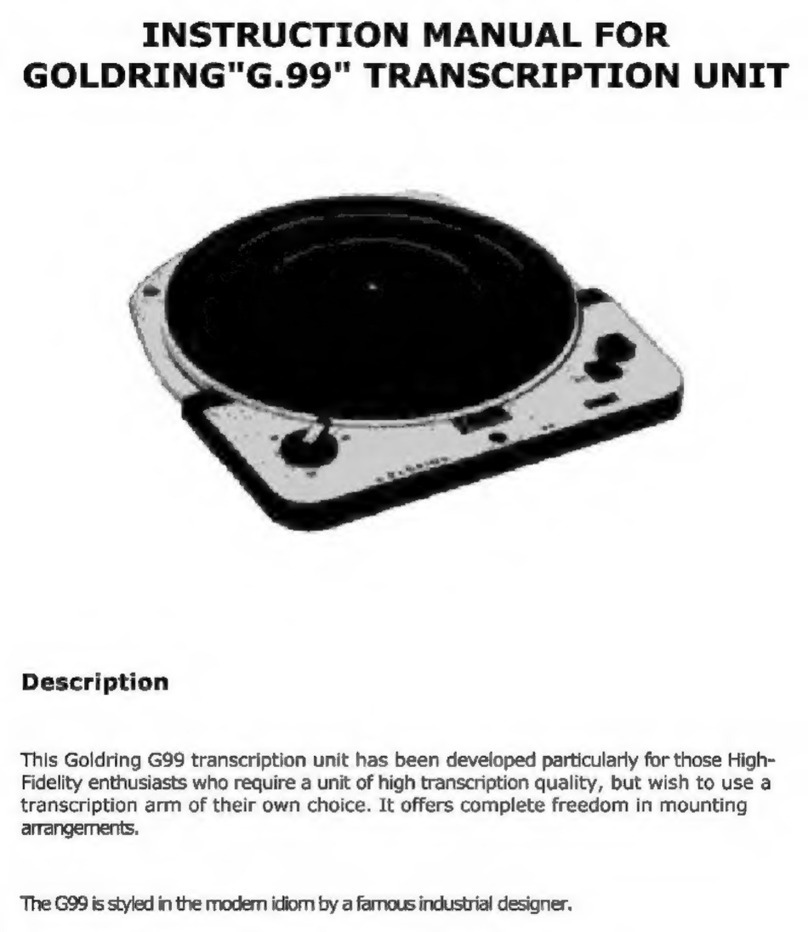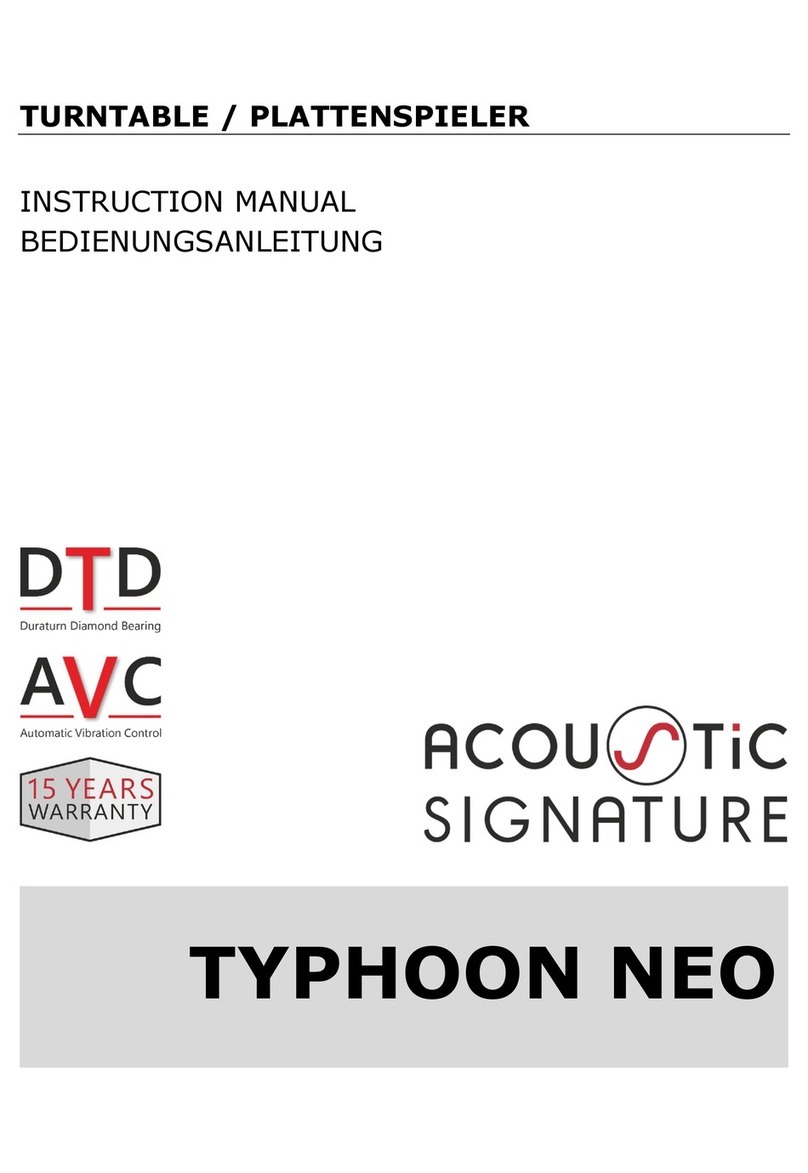LENCO L-78 User manual
Other LENCO Turntable manuals
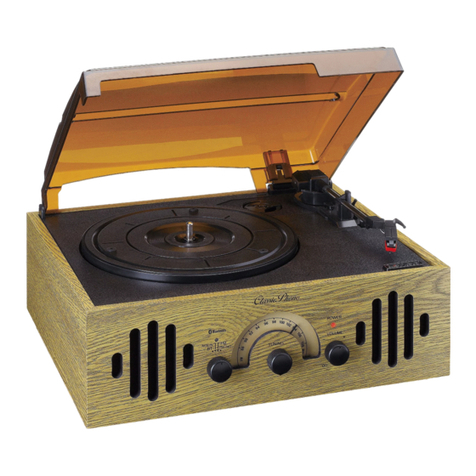
LENCO
LENCO Classic Phono TT-41 User manual
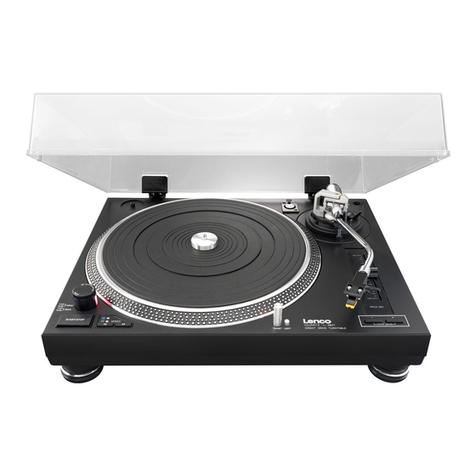
LENCO
LENCO L-3807 User manual

LENCO
LENCO L-92 User manual
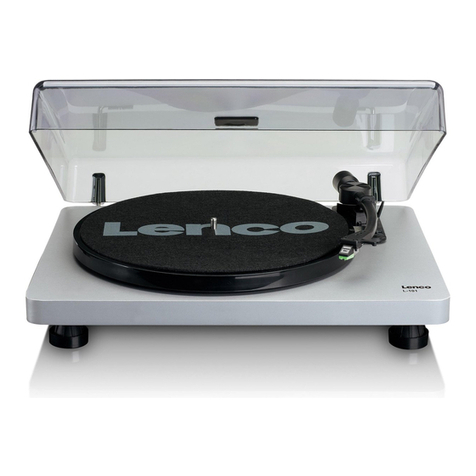
LENCO
LENCO L-101 User manual
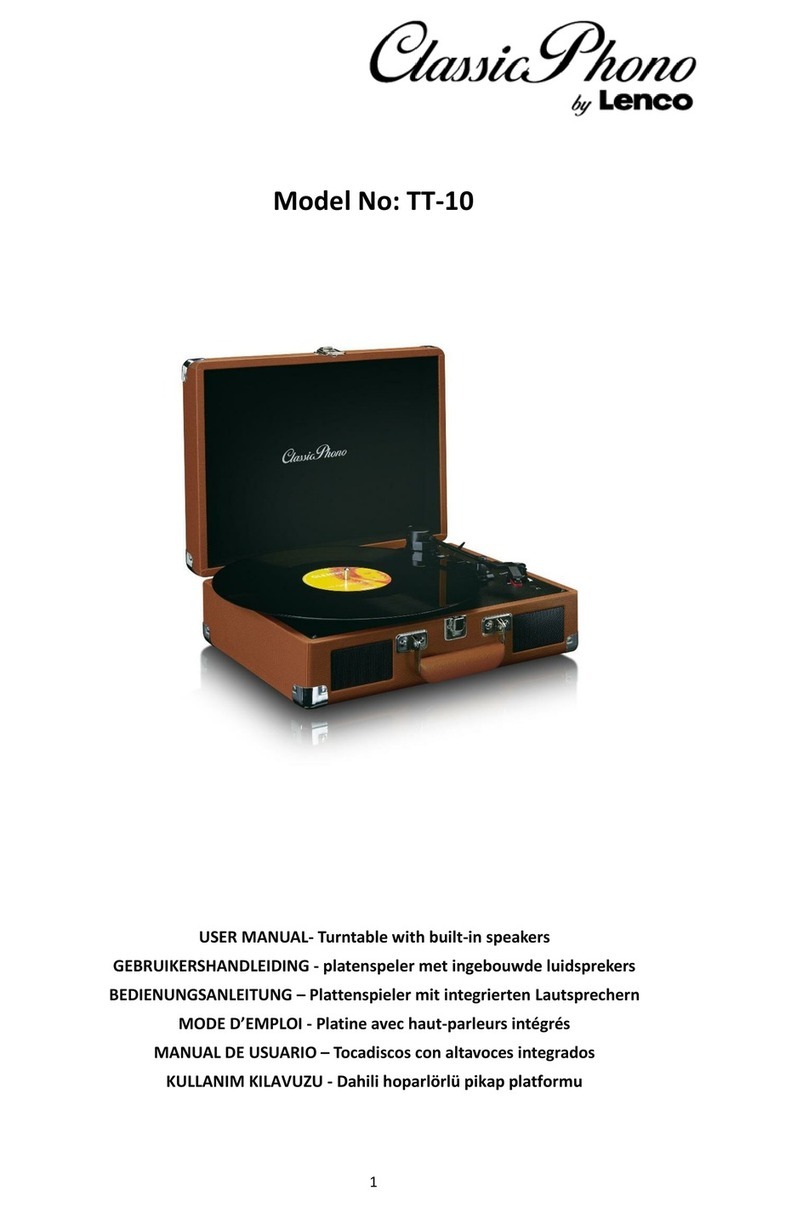
LENCO
LENCO Classic Phono TT-10BN User manual

LENCO
LENCO L-81 USB User manual
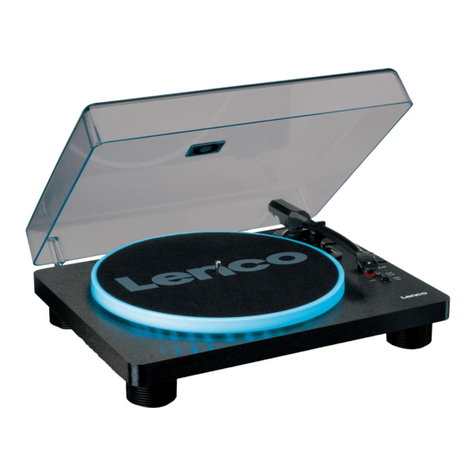
LENCO
LENCO LS-50LED User manual
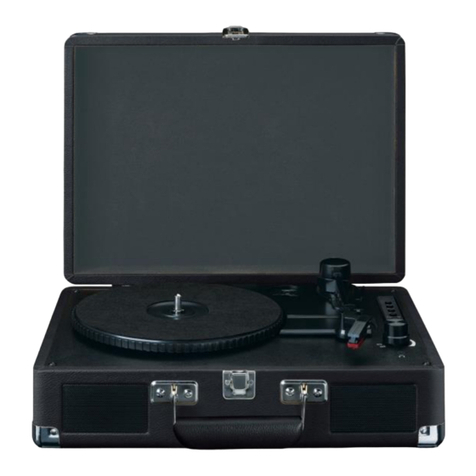
LENCO
LENCO TT-13 User manual

LENCO
LENCO LS-300 User manual

LENCO
LENCO L-90 User manual

LENCO
LENCO LS-10WD User manual
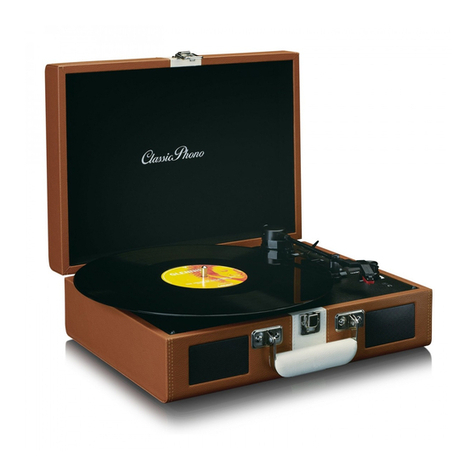
LENCO
LENCO Classic Phono TT-120 User manual

LENCO
LENCO LBT-120 User manual
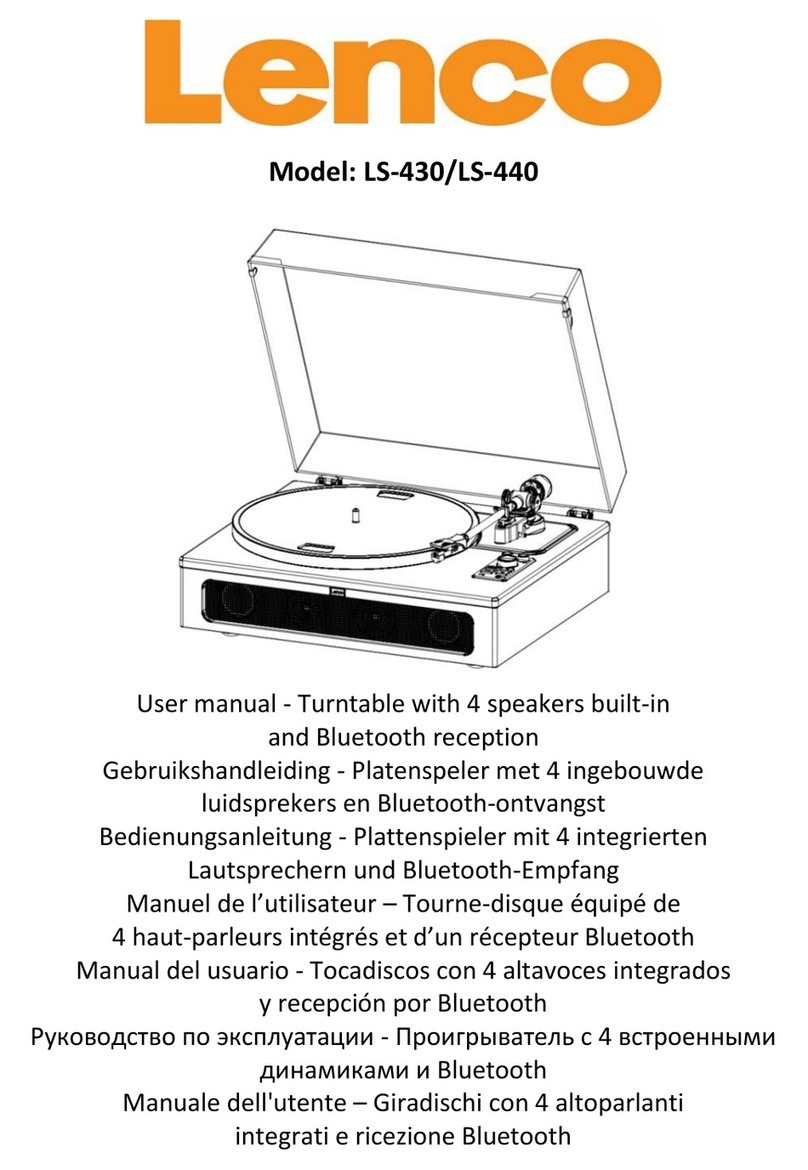
LENCO
LENCO LS-430BK User manual
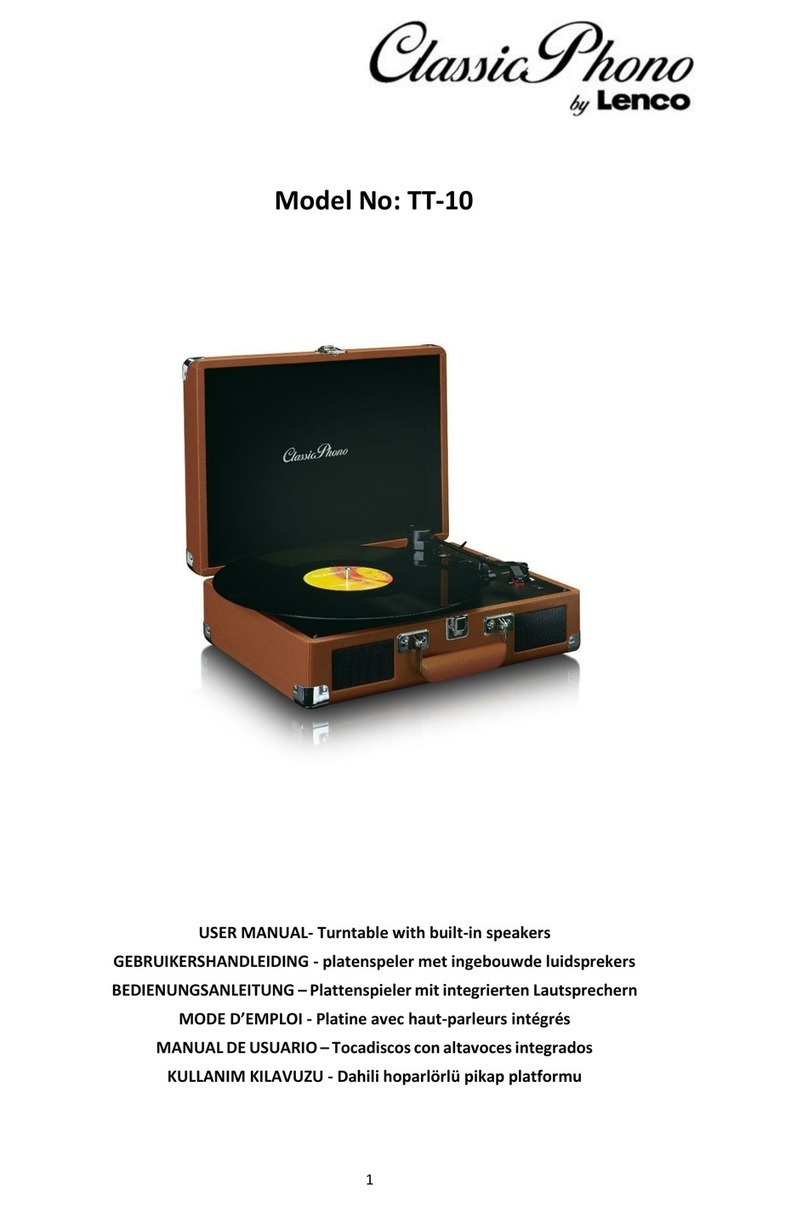
LENCO
LENCO 8711902038177 User manual

LENCO
LENCO Classic Phono TCD-2551 User manual

LENCO
LENCO LBT-335 User manual
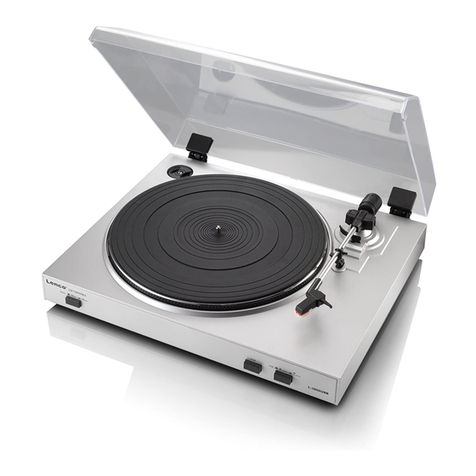
LENCO
LENCO L-3866 USB User manual

LENCO
LENCO 8711902044598 User manual
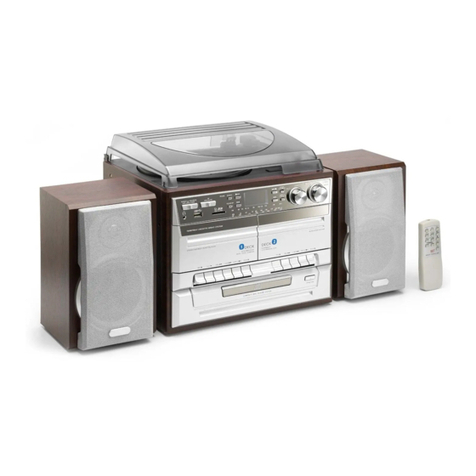
LENCO
LENCO TCD-990 User manual
